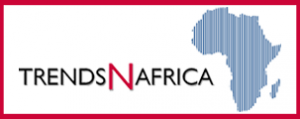
(3 Minutes Read)
Risks to the outlook are tilted to the downside and include intensifying climate shocks, Mpox spread, volatility in commodity prices, the slowdown in advanced economies, and volatile financial markets.
The October 2024 Regional Economic Outlook for Sub-Saharan Africa (SSA) has announced that macroeconomic imbalances are gradually easing in the region, thanks to policy adjustments.
Inflation has declined in many countries, but challenges remain. International bond markets have reopened. Exchange rate pressures have partially eased since January 2024. Growth is expected to pick up modestly in 2025 (delayed but broad-based recovery next year, driven by expectations of less-frequent blackouts, macroeconomic stabilization, and more accommodative monetary policy), but with significant heterogeneity and divergent long-term patterns (resource vs. non-resource-intensive countries). The Per capita income growth is insufficient to improve living standards and there is little convergence with global income levels.
Risks to the outlook are tilted to the downside and include intensifying climate shocks, Mpox spread, volatility in commodity prices, the slowdown in advanced economies, and volatile financial markets. Volatile financial markets could lead to higher sovereign risk premia. An analytical scenario built by IMF staff shows that a 150-bps increase in SSA countries’ sovereign risk premia could lead to a 0.7 percentage point decline in GDP in 2025-2026; a sharp fall in private investment (-5.2%); and a 0.7 percentage point increase in policy interest rate.
Read Also:
http://trendsnafrica.com/sub-saharan-africa-to-see-3-economic-growth-in-2024-world-bank/
Monetary policy is likely to vary across the region. While most countries in the region have been “on pause,” several have tightened in 2024. Countries with still-elevated inflation may require further tightening. Those with near-target inflation can gradually ease to a more neutral stance, in close cooperation with other policies.











